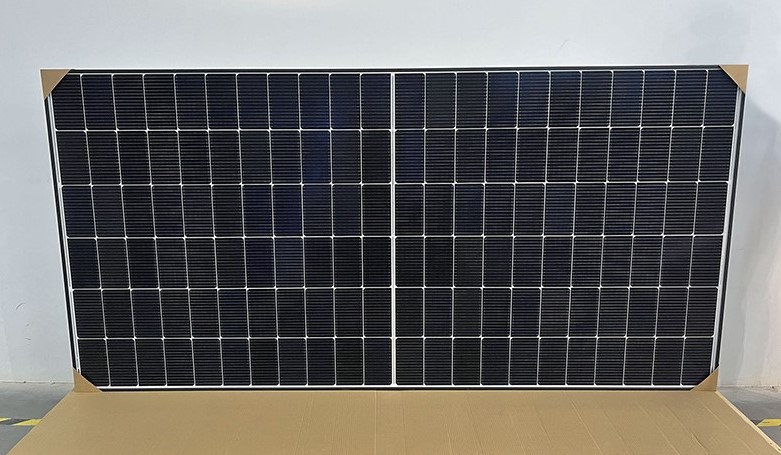Japan-headquartered Leapton Energy Co., Ltd. has released a new solar module based on n-type tunnel oxide passivated contact (TOPcon) technology.
The LP182x199M66NH modules feature 182 mm x 199 mm n-type TOPCon cells and a fiberglass frame, which the manufacturer said is more resistant to corrosion than conventional frames.
“This composite material is used in applications such as wind turbine blades, to withstand wind pressure, vibration and centrifugal force, as well as railway tracks, to withstand the pressure and vibration of passing trains,” a spokesperson from the company told pv magazine. “Fiberglass-reinforced composite materials have been used for over 20 years in outdoor environments and fields with higher load requirements, with countless successful application cases.”
Leapton is offering three versions of the panels, with power outputs ranging from 560 W to 585 W. The efficiency ratings range from 21.68% to 22.65%. The open-circuit voltage is between 47.42 V and 48.42 and the short-circuit current is between 15.00 A and 15.27 A. The maximum system voltage is 1,500 V.
The panels measure 2,278 mm x 1,134 mm x 30 mm and weigh 28 kg. They also feature an IP68 enclosure and 3.2 mm heat-strengthened glass. They have a temperature coefficient of -0.30% per degree Celsius and an operational temperature ranging from -40 C to 85 C.
The new products come with a 30-year linear power output guarantee and a 25-year product guarantee. The degradation in the first year is purportedly 1.0%. The 30-year end power output is guaranteed to be no less than 87.4% of the nominal output power.
Leapton Energy had a capacity of 600 MW in China at the end of 2020 and 2 GW at the end of 2022.
The manufacturer recently said it will raise the its annual production capacity to 3.5 GW. “In 2021, the company completed Phase 1 expansion to reach 2 GW. Phase 2 in 2023 brings the capacity to total 3.5 GW,” Global Sales Director, Leapton Energy, Jeff Chau told pv magazine.
This content is protected by copyright and may not be reused. If you want to cooperate with us and would like to reuse some of our content, please contact: editors@pv-magazine.com.









By submitting this form you agree to pv magazine using your data for the purposes of publishing your comment.
Your personal data will only be disclosed or otherwise transmitted to third parties for the purposes of spam filtering or if this is necessary for technical maintenance of the website. Any other transfer to third parties will not take place unless this is justified on the basis of applicable data protection regulations or if pv magazine is legally obliged to do so.
You may revoke this consent at any time with effect for the future, in which case your personal data will be deleted immediately. Otherwise, your data will be deleted if pv magazine has processed your request or the purpose of data storage is fulfilled.
Further information on data privacy can be found in our Data Protection Policy.